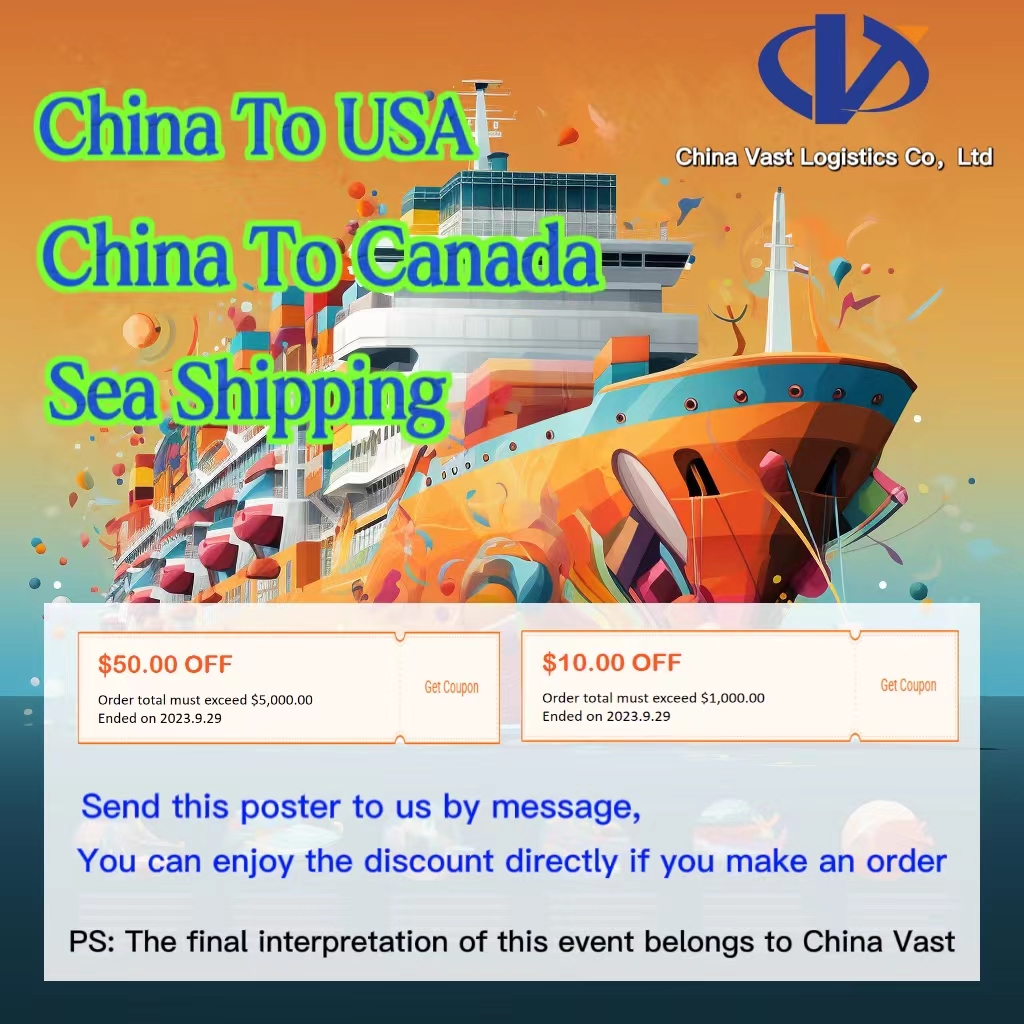I. Classification of Containers
- General Purpose Container (GP)
Also known as a general cargo container, it is used to transport general cargo that does not require temperature control. It is usually fully enclosed with a door on one end or side.
General purpose containers are generally classified into four types:
- 20-foot general purpose container: 20GP
- 20-foot high cube container (HC): 20HC
- 40-foot general purpose container: 40GP
- 40-foot high cube container: 40HC
- Open Top Container
This is a container without a rigid roof, but with a canopy made of canvas, plastic sheeting, or coated fabric supported by foldable or collapsible roof beams.
It is suitable for loading oversized and heavy cargo, such as steel, large timber, and equipment. In particular, fragile heavy goods like glass panels can be hoisted into the container from the top using a crane without damage, and it is also easy to secure them inside the container.
- Flat Rack Container
This type of container has no roof, side walls, or even end walls—only a floor and four corner posts. It allows loading and unloading operations from the front, rear, sides, and top, making it suitable for long, large, and heavy items such as heavy machinery, steel products, steel pipes, timber, and steel ingots.
Flat rack containers are not watertight, so water-sensitive goods cannot be shipped unless covered with canvas and secured as required. The length and width of their floors are the same as those of general purpose containers, but the floor height is 60 cm, enabling them to carry heavier loads.
- Insulated Container
Designed for transporting goods that need refrigeration or insulation. -
Insulated Produce Container
It has a fully insulated structure to maintain the freshness of goods like fruits and vegetables by preventing excessive temperature rise. It typically uses ice as a refrigerant and can keep goods insulated for about 72 hours. -
Ventilated Container (VC)
Equipped with ventilation holes on the end and side walls, it is suitable for goods that require breathing but not freezing, such as fruits and vegetables. If the vents are closed, it can also be used as a general cargo container. - Tank Container
A specialized container for transporting liquid goods such as alcohol, oils (e.g., animal and vegetable oils), liquid food, and chemicals. It can also carry other liquid dangerous goods.
II. Specifications of Standard Containers
- 20’GP (20-foot General Purpose Container)
- Dimensions: 20′ × 8′ × 8’6″
- External dimensions: 6.058m × 2.438m × 2.591m
- Internal dimensions: 5.900m × 2.352m × 2.393m
- Weight (KG):
- TARE: 2360Kgs
- PAYLOAD: 21640Kgs
- G/W: 24000Kgs
- Loading volume: 33Cbm (theoretical), 28Cbm (practical)
- 40’GP (40-foot General Purpose Container)
- Dimensions: 40′ × 8′ × 8’6″
- External dimensions: 12.190m × 2.438m × 2.591m
- Internal dimensions: 12.029m × 2.352m × 2.393m
- Weight (KG):
- TARE: 3880Kgs
- PAYLOAD: 26600Kgs
- G/W: 30480Kgs
- Loading volume: 67Cbm (theoretical), 58Cbm (practical)
- 40HQ (40-foot High Cube Container)
- Dimensions: 40′ × 8′ × 9’6″ (HQ)
- External dimensions: 12.190m × 2.438m × 2.896m
- Internal dimensions: 12.029m × 2.352m × 2.699m
- Weight (KG):
- TARE: 4080Kgs
- PAYLOAD: 26400Kgs
- G/W: 30480Kgs
- Loading volume: 78Cbm (theoretical), 68Cbm (practical)
- 45GP (45-foot General Purpose Container)
- Dimensions: 45′ × 8′ × 9’6″
- External dimensions: 13.716m × 2.438m × 2.896m
- Internal dimensions: 13.556m × 2.352m × 2.699m
- Weight (KG): 27910Kgs
- Loading volume: 86Cbm (theoretical), 78Cbm (practical)
III. Detailed Explanation of “Container Number” in Ocean Shipping
A container is a cargo transport device that facilitates mechanical loading and unloading and can be reused repeatedly over a long period.
How to distinguish different containers?
Each container has a unique identification number, similar to our “ID card number,” which is the container number. Let’s take a brief look at it.
A “container number” generally consists of 4 letters and 7 digits. For example, “UESU3002469”: the first 3 letters are the code of the container owner (shipping company or container leasing company), the 4th letter is always “U,” the next 6 digits are the serial number, and the last digit is the check digit. The container number is used in multiple processes such as customs declaration, document preparation, and warehouse receipt entry.
IV. Detailed Explanation of “Seal” in Ocean Shipping Containers
A container “seal” is like a lock for the container, but it can only be used once and becomes invalid once opened. Each seal has a unique number. If the seal number on the container received by the customer matches that on the bill of lading, it proves that the container has not been opened.
- Classification of Seals
(1) Classified by the party applying the seal:
① Factory seal: Applied by the export factory;
② Customs seal: Applied by the customs;
③ Shipping line seal: Applied by the shipping company;
④ Temporary terminal seal: Applied by the terminal.
(2) Classified by material and function: High-security seals (also known as bullet seals), steel wire seals, plastic seals, iron sheet seals, padlock seals, etc.
- When to Apply a Temporary Terminal Seal
(1) If the seal is accidentally damaged during unloading;
(2) When the container is unpacked at the terminal after unloading, and the consignee picks up the first batch of goods.

